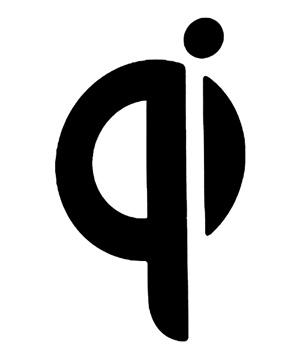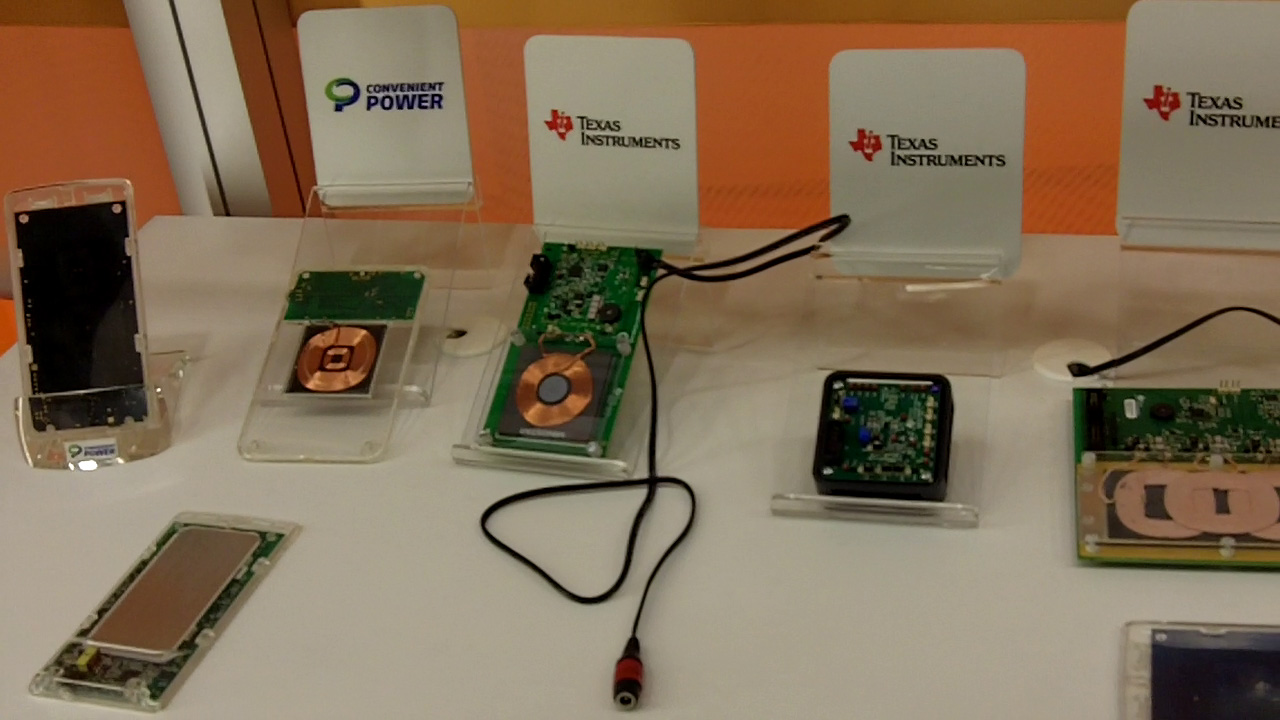Qi | Creating The New Standard in Powering Your Devices

You’ve seen the internet videos, maybe even spotted one in the wild, but outside of toothbrushes, inductive charging has been unusually absent from the US market. This year at CES, we chatted with a few representatives of the WPC, (Wireless Power Consortium) manufacturers that are adding wireless charging capabilities to their products, to lean exactly how the tech works, when it’s coming to market and how long will we have to wait to use it.
In case you haven’t heard, inductive charging is the official name for charging your electronic devices wirelessly. Now don’t go getting all Salem witch trial on us, this is in fact, a real thing. Worry not, we understand your confusion. Japan and China have been utilizing public inductive charging stations for the better part of a decade now while the first station we’ve ever seen in the US was at CES. It was great, place a dongle in your power charging port, lay it down on the mat and watch those battery bars light up like… the Vegas strip. This tech really couldn’t be much easier.
Qi is the interface standard that the consortium has developed for inductive power transfers. With this standard, devices are able to wirelessly charge over a distance of 1.6 inches. It requires both a transmitter, usually in the form of a pad, and a receiver within the device to be charged. The tech behind this was initially developed by Nikola Tesla and is quite remarkable. The charging pad, containing copper planer coils, regulates the output voltage through requests from the power receiver.

Currently there are both low and medium versions. The low power specification delivers power up to 5 watts and is currently the most utilized in manufacturing. Medium power induction standards, introduced in 2011, can extend power transfers up to 120 watts. At 120 watts, the applications of this thrilling tech can be utilized in far more devices and will serve to promote more wide spread utilization.
Unfortunately, there aren’t very many smart devices in the US that currently come with a Qi receiver installed. Luckily, there are a few manufacturers that have chosen to forge ahead of their competition and now Nokia’s Lumia 820, the Lumia 920, LG’s Nexus 4 and HTC’s Droid DNA all come prepackaged with Qi receivers. We’re quite excited to see big names such as Nokia, LG and HTC all getting on board which we believe tells us that we’ll be seeing and hearing a lot more about this tech and the products that support it. Since we find this tech so exciting we’re sure to be giving it lots more coverage in the year to come, so don’t forget to check back constantly or you’ll be missing out.








